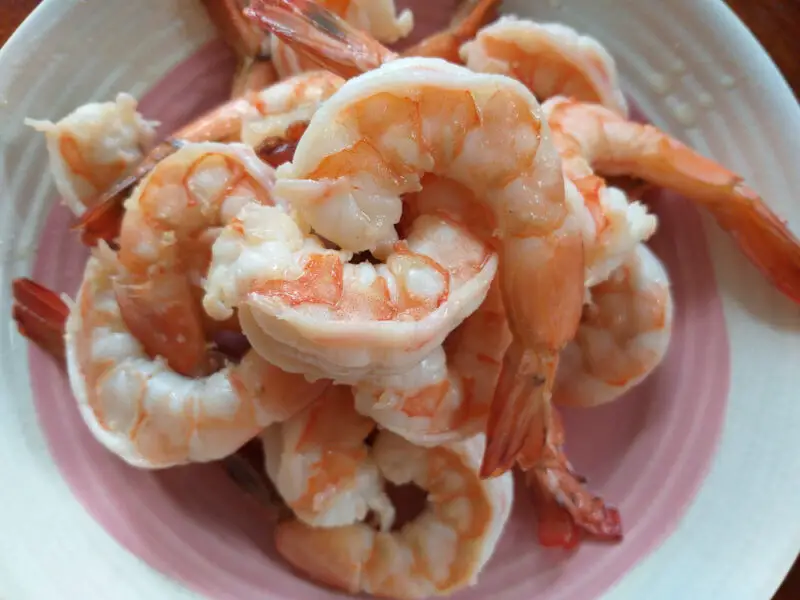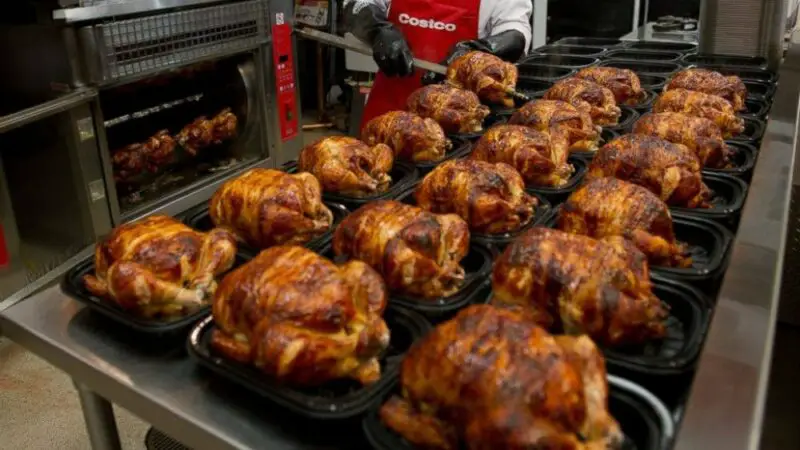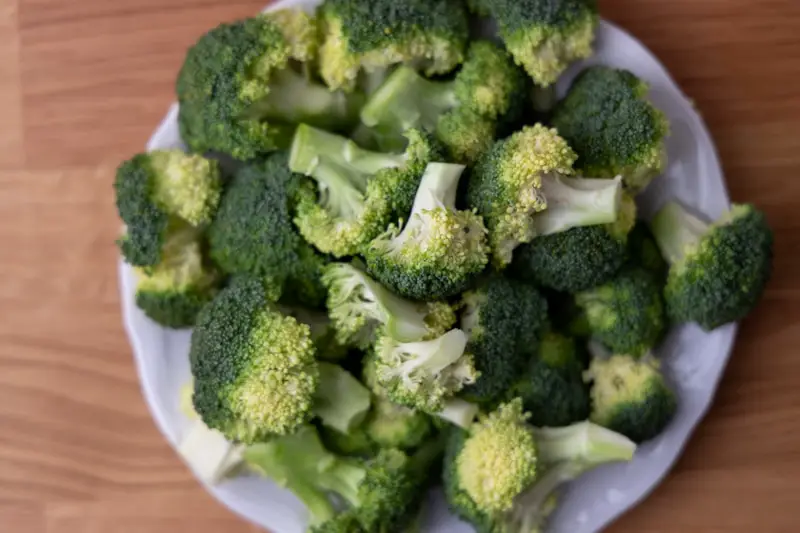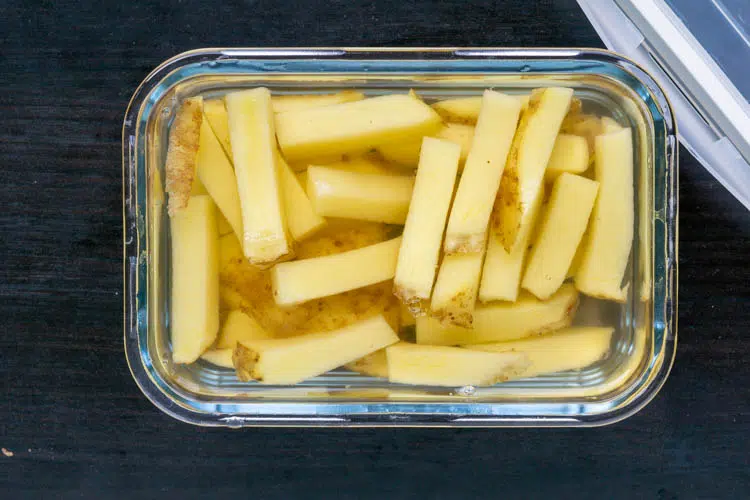Shrimp is a delectable seafood delicacy loved by many, but nothing can ruin a meal like getting sick from undercooked shrimp. Raw or undercooked shrimp may contain harmful bacteria that pose serious health risks if not cooked properly. But just how bad is it really to eat undercooked shrimp? In this article, we’ll take a closer look at the dangers of consuming raw or partially cooked shrimp, revealing some fascinating facts and clearing up any misconceptions surrounding this popular seafood item. Sit tight as we divulge key insights on the dangers lurking in your favorite crustaceans and offer you some savvy tips on how to ensure that your next shrimp dish will be both safe and enjoyable!
Shrimp is a delicious and versatile seafood. It can be seasoned, grilled, boiled and fried. Unfortunately, consuming undercooked shrimp can lead to food poisoning. In this article, we will discuss what undercooked shrimp is and the potential risks involved. We will also explore myths associated with eating undercooked shrimp and provide guidelines for safe consumption.
What is Undercooked Shrimp?
Undercooked shrimp refers to shrimp that has not been thoroughly cooked through. Nutritious value can be lost if not cooked properly. The scariest part of consuming undercooked shrimp is the risk of contracting food poisoning.
Nutritious Value of Shrimp when Cooked Properly
Shrimp is a low-calorie source of protein that provides significant amounts of various nutrients such as iodine, vitamin D, selenium, omega-3 fatty acids, B12 vitamins and more. According to FoodSafety.gov, if cooked at an internal temperature of 145 degrees Fahrenheit or higher for fifteen seconds it kills harmful bacteria like salmonella, listeria and E.coli which increases environmental pollution.
Why Some People Prefer Undercooked Shrimp
Some individuals prefer undercooked shrimp for its soft texture and flavor compared to overcooked ones which could become hard in texture.
Health Risks Associated with Eating Undercooked Shrimp
The following are some types of bacteria and viruses that could be present in under-cooked seafood:
- Salmonella: Salmonella poisoning can cause symptoms like diarrhea, fever and abdominal cramps within 12 hours to three days.
- Vibrio: Vibrio bacteria are found naturally in seawater that invades seafood especially during the warm months. Symptoms of vibrio poisoning include intestinal problems, fever, and potential blood-borne infections.
- Hepatitis A: Hepatitis A is a liver disease that can be transmitted through infected seafood workers who handle food in restaurants or marketplaces. When symptoms occur, they include fatigue, nausea, and dark urine among others.
- Norovirus: Noroviruses are a highly contagious virus that causes severe dehydration and digestive issues such as vomiting and stomach cramps.
Symptoms of Foodborne Illness Caused by Eating Undercooked Shrimp
The following are some of the symptoms associated with foodborne illness caused by undercooked shrimp consumption:
- Vomiting
- Diarrhea
- Abdominal discomfort or cramping
- Fever or chills
- Dehydration or electrolyte imbalances (rare)
Prevention of Foodborne Illnesses Caused by Undercooked Shrimp
Proper Cooking Methods for Shrimp
The following cooking methods are safe for shrimp:
- Baking: Preheat oven to 375°F. Add buttered diced garlic along with desired spices and cook until it starts turning pink-orange like most commercially sold cooked shrimp (white exterior + slightly pink interior) about 15 minutes depending on the size of your shrimp.
- Grilling: Place shrimps on a grill over medium heat until it reaches an internal temperature of 145°F.
- Poaching: Poach shrimp in boiling water for 1-2 minutes, then remove it and place it into cold water to stop the cooking process.
- Steaming: Place shrimp in a steamer basket over a pot of boiling water. Steam until shrimp change color from gray to pink-orange ( cooked through) for about 5 minutes or until they are no longer translucent.
Internal Temperature Guidelines for Safe Consumption:
Make sure your shrimp is cooked at an internal temperature of 145°F or higher for fifteen seconds if consuming hot or frozen at -4°F and below for a minimum of 7 days.
Cleaning and Handling Procedures for High-Risk Seafood
To prevent the risk of bacterial infection, avoid cleaning seafood in warm conditions. Clean all surfaces with warm soapy water and dry after every use. Wash your hands thoroughly before preparing food.
Common Myths About Eating Undercooked Shrimp
The Belief that Spicy or Acidic Marinades Can Kill Bacteria in Undercooked Seafood
This is not true since marinades do not usually penetrate the interior portion of the shrimps. Consequently, it does not have an effect on bacteria present within them
The Assumption That “Fresh” Seafood Is Always Safe To Eat Raw
Fresh doesn’t necessarily mean safe. Aged seafood can still contain pathogenic harmful microorganisms that could cause food poisoning
The Idea That Sushi-grade Fish Is Safer To Consume Raw Than Other Types
This statement isn’t always correct since sushi-grade doesn’t guarantee freedom from parasites and other bacterial contamination since they can spread through cross-contamination during handling as well.
Special Considerations For At-Risk Individuals
Risks Posed By Undercooked Seafood To Pregnant Women, Infants, and Young Children.
For pregnant women and infants, the risk of contracting foodborne illness caused by undercooked seafood is much greater than healthy individuals since it weakens the immune system. Consequently, it could lead to stillbirth or premature delivery if not correctly managed.
Why Some People Are More Susceptible to Contracting Foodborne Illnesses from Undercooked Seafood Than Others
The people susceptible are those with weakened immune systems such as elderly, pregnant women, children under five or those battling chronic illnesses like diabetes or HIV/AIDS since their weaker immune systems can’t fight off harmful bacteria easily.
Cultural Practices Surrounding Undercooked Seafood Consumption
Popular Dishes Around The World Featuring Undercooked Shrimp Or Other Seafood
There are many popular dishes worldwide that feature undercooked shrimp or other seafood. They may taste delightful but have potential health risks associated with consuming them:
- Ceviche: This dish is made by marinating raw fish in lime juice or any acidic-based solution along with chilies and onions hence why many assume its safe to consume since the lime juice is believed to “cook” the seafood although it isn’t always the case.
- Poke Bowls: Popular Hawaiian delicacy has seasoned raw fish served on top of rice add-ons like pickles and seaweed salad served on a poke bowl before consumption
- Sashimi: Raw thinly sliced fish consumed in Japanese cuisine and often combined with soy sauce and wasabi while being enjoyed at room temperature without any cooking methods applied to them.
Discussion of the Potential Risks Involved in Eating These Dishes
The risk of bacterial infection could be higher in dishes that feature undercooked seafood. Instead, ordering cooked seafood dishes or sushi made from cooked shellfish is suggested.
Conclusion: Are The Risks Worth it?
The FDA guidelines provide information to minimize food poisoning from seafood consumption by providing safe cooking methods and temperature guides but also are limited in some aspects, such as illegal market and online sales that are unregulated. Therefore, proper education on safe consumption and storage of shrimp plus a balance between risk and rewards are necessary when deciding if the benefits are worth it.
Sources
- Food Safety: Keep Food Safe U.S Department of Health & Human Services
- Vibrio Species Causing Vibriosis Centers for Disease Control and Prevention (CDC)
- Norovirus Symptoms & Causes Mayo Clinic
- Hepatitis A Symptoms & Causes Mayo Clinic
- Controlling Pathogens in Shrimp Production A.J Williams and D. Gorski
- Selecting and Serving Fresh and Frozen Seafood Safely U.S. Food & Drug Administration (FDA)
Additional Sources for Further Reading
- FoodSafety.gov
- Seafood Health Facts
- National Oceanic and Atmospheric Administration (NOAA)
- The Centers for Disease Control and Prevention (CDC)
Take an online course to learn more about food safety, or browse topics such as food poisoning on this website.
Find out more about the health benefits of seafood and get access to delicious recipes you can make at home.
Explore NOAA’s Fisheries Service website to learn about fishing regulations, species identification, and much more.
This website provides information on safe food handling practices as well as outbreaks of foodborne illness across the country.
Summary
Undercooked shrimp is a popular food item that can pose serious health risks. Undercooked shrimp refers to shrimp that has not been cooked thoroughly, leaving it vulnerable to harmful bacteria and viruses such as salmonella, Vibrio, hepatitis A, and norovirus. Symptoms of foodborne illness caused by undercooked shrimp may include diarrhea, vomiting, fever, and stomach cramps. Proper cooking methods for shrimp include baking, grilling, poaching, and steaming until the internal temperature reaches safe consumption levels. Special considerations must be kept in mind when consuming undercooked seafood for at-risk individuals such as pregnant women, infants and young children who are more susceptible to contracting foodborne illnesses from undercooked seafood than others. Cultural practices around the world feature undercooked shrimp dishes such as Ceviche, Poke Bowls and Sashimi which have potential risks involved with their consumption. Despite FDA guidelines for seafood safety and preparation being limited and challenging to enforce, education on proper handling, cleaning procedures and storage techniques are key components in reducing the risk of contracting a foodborne illness from undercooked shrimp or other types of seafood. Ultimately the reward of consuming potentially hazardous foods should be weighed against the risks they pose.







